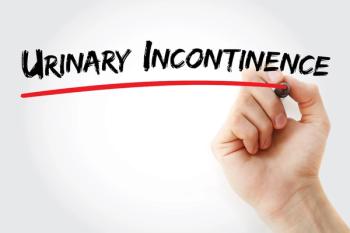
Noninvasive Vagus Nerve Stimulation Demonstrates Efficacy in Episodic Migraine
A study has found that noninvasive vagus nerve stimulation can provide pain relief for up to 60 minutes after an acute attack.
Providing an alternative to pharmacologic treatment for migraine, noninvasive vagus nerve stimulation (nVNS) may be an effective treatment for pain relief in patients with episodic migraine. A new study has found that the treatment method can provide pain relief for up to 60 minutes after an acute attack.
“The multiple pharmacologic classes that are effective for the acute treatment of migraine are sometimes limited by lack of availability or risks of drug interactions, medication overuse, and adverse events,” wrote the researchers of the study. Previous pilot studies of nVNS have shown the treatment to be safe, effective, and well-tolerated.
Seeking to compare clinically meaningful outcomes of acute nVNS treatment with those of a sham device and to evaluate the safety and tolerability of the treatment, the researchers conducted a multicenter, double-blind, randomized trial of 248 patients with a migraine attack frequency of 3 to 8 attacks per month with or without aura.
Between January 11, 2016, and March 31, 2017, participants were randomized 1:1 to receive either the nVNS or the sham device. Within 20 minutes from migraine pain onset, participants self-administered 120-second stimulations on each side of the neck. They then recorded post-treatment assessments at 12, 30, 60, and 120 minutes and 24 and 48 hours after completion.
If there was still pain at the 15-minute assessment, participants repeated the stimulations, and if there was still pain at 120 minutes, they had the option of doing an additional set of stimulations.
Patients using the nVNS device were significantly more likely to report being pain free at 30 minutes (12.7% vs 4.2%) and 60 minutes (21% vs 10%) for the first treated migraine attack. However, there was no significant difference seen at 120 minutes (30.4% vs 19.7%).
While pain relief was not significantly different between the nVNS and the sham devices at 30 minutes (26.7% vs 18.7%) and 60 minutes (35.8% vs 24.4%), responder rates for pain relief at 120 minutes were significantly higher with nVNS (40.8% vs 27.6%).
Those using the nVNS device were also less likely to report vomiting at 120 minutes. The amount of participants who became nausea-free, photophobia-free, or phonophobia-free were similar among both groups.
“Almost all participants (98%) administered at least 1 stimulation and were adherent to the treatment instructions, but most participants did not administer repeat stimulations for the first attack at 15 minutes as instructed or optionally at 120 minutes,” noted the authors.
Earlier this month,
Previous studies have also pointed to
Reference:
Tassorelli C, Grazzi L, Tommaso M, et al. Noninvasive vagus nerve stimulation as acute therapy for migraine [published July 24, 2018]. Neurology. doi: https://doi.org/10.1212/WNL.0000000000005857.
Newsletter
Stay ahead of policy, cost, and value—subscribe to AJMC for expert insights at the intersection of clinical care and health economics.





























































